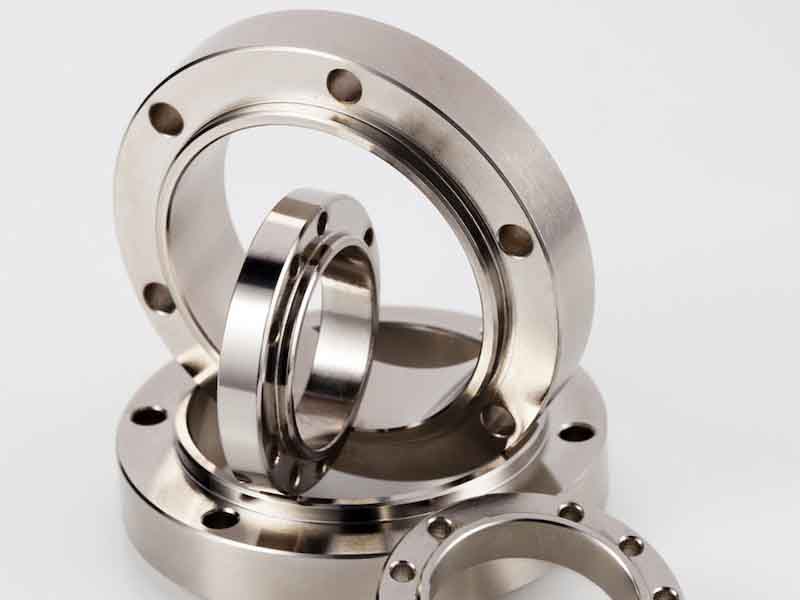If your facility is troubleshooting bright nickel processes, it is best to narrow the scope of the issue to identify the root cause of the problem.
 Doug LayNarrowing the scope may be easier said than done, but maintaining bright nickel baths can be a challenge for several reasons:
Doug LayNarrowing the scope may be easier said than done, but maintaining bright nickel baths can be a challenge for several reasons:
- The same plating defect can result from several different sources
- Bright nickel plating is a sensitive and unforgiving process. The process has no inherent cleaning ability of its own, so there is very little room for error in the pretreatment cycle
- The electrolyte itself contains several ingredients, including multiple addition agents
- Many faults that occur early in the processing cycle are not detectable on the parts until they are at or near the end of the cycle
- Some problems can go undetected for quite some time before they affect quality to the point where rejects occur
Narrowing the scope amounts to generating a checklist of key questions to help initiate investigative service efforts at the spot in the total processing cycle that is the most probable location of difficulty. A secondary benefit of this approach is that it organizes the thought process in a manner that eliminates much of the mystique involved in servicing bright nickel plating installations.
A typical checklist has the following components:
Be sure there is a problem. Do not mistake random occurrences of defects for typical production performance.
What type of problem is occurring?
- Pitting
- Roughness, micro or macro
- Stains, hazes, dullness, or streaked patterns
- Darkness of the plated deposit
- Poor adhesion
- Poor nickel or chrome coverage in LCD areas
- Brittleness and/or burning of the plated finish
- Reduced plating efficiency (both cathode and anode)
Identify the extent to which the problem exists. Is it evident to same degree on all parts, or evident on just a few parts? Rarely does a problem occur on every piece. When this happens, it is usually the result of a single major fault.
Where on the part the defect is seen? Everywhere, on horizontal surfaces, or on vertical surfaces? The more evident the problem is on all surfaces, the more likely it is the result of a single cause. Likewise, problems that occur only on horizontal surfaces usually result from solids in one of the processing tanks.
At what current densities is the problem is most apparent? Can it be seen at all current densities? As a general rule, problems that are evident at all current densities are due to faults in a processing step other than one of the plating tanks.
On parts that are rack processed, where on the rack does the defect occur? Is it at the top or bottom? Problems that occur on only the top or bottom of the rack, but which are not current density specific, are usually the result of insufficient or excessive time in one of the pretreatment steps.
Or is it at the center? Problems that occur only on parts taken from the center of a rack are generally current density related, and usually result from a problem that stems from one of the electrified processing steps.
It may be at the corners. For problems that occur at a corner of the plating rack, is it the corner that exits the various processing tanks first (leading edge) or last (trailing edge)? Leading edge problems are generally the result of electrical faults in the entry area of the chrome plating tank. Trailing edge faults are due to electrical problems at the exit area of the nickel plating tank.
Reversing the position of a rack after it exits the nickel tank, but before it enters the chrome plating tank, will usually confirm these theories.
Keep in mind that, if a leading edge fault remains in the same area after reversing a rack, it usually means the problem exists in the chrome tank. But if the location of the problem moves upon reversing the position of the rack, the nickel plating tank is usually the location of the source of the problem
Identify the first place in the total process cycle where the fault is seen. Be systematic. Examine each step of the cycle individually to pinpoint the prime location and cause of the problem. A good place to start is the unloading station. Start to walk the process line against the flow or movement of the processing steps. Examine the work as you walk the line, searching for the first appearance of the defect. Keep walking until that particular clue goes away. The problem is the step right before the fault disappears. Remember, you are walking the line in reverse of the actual process steps.
Troubleshooting a bright nickel bath starts with control of the pre-plate process, evaluation of the nickel electrolyte, good housekeeping and detailed record keeping. By following the simple checklist procedure, the amount of downtime associated with troubleshooting will be greatly reduced.
Doug Lay is Director Of Technical Marketing for Coventya Inc. Please visit https://www.coventya.com/us/



































